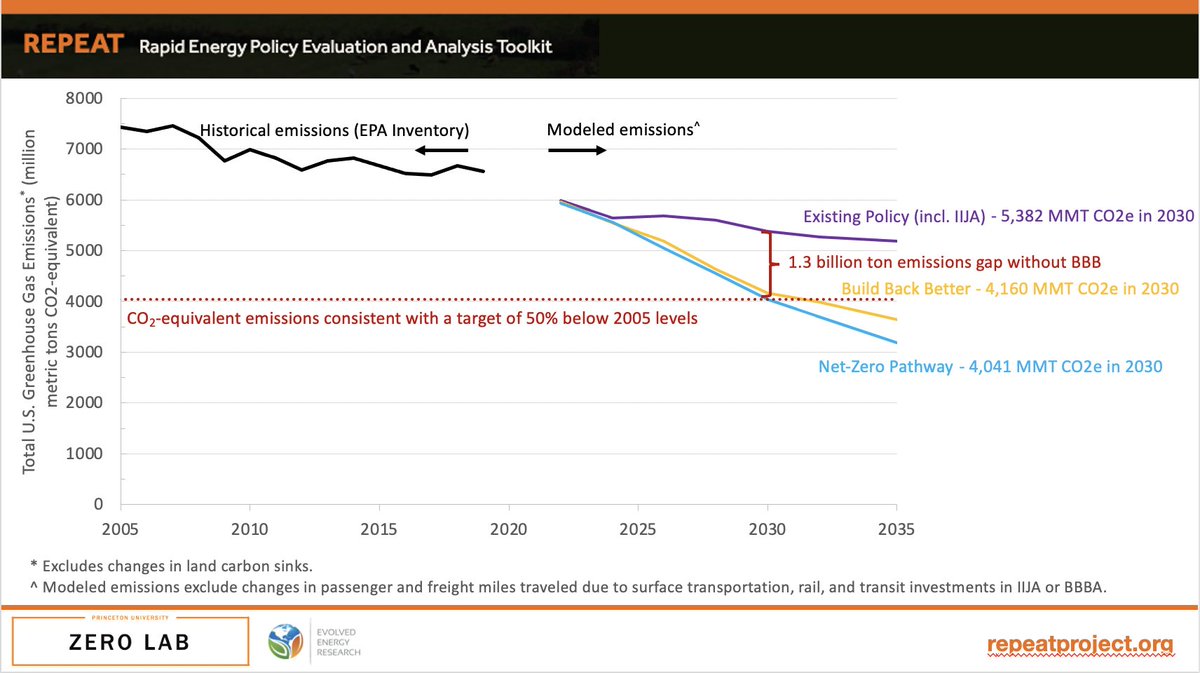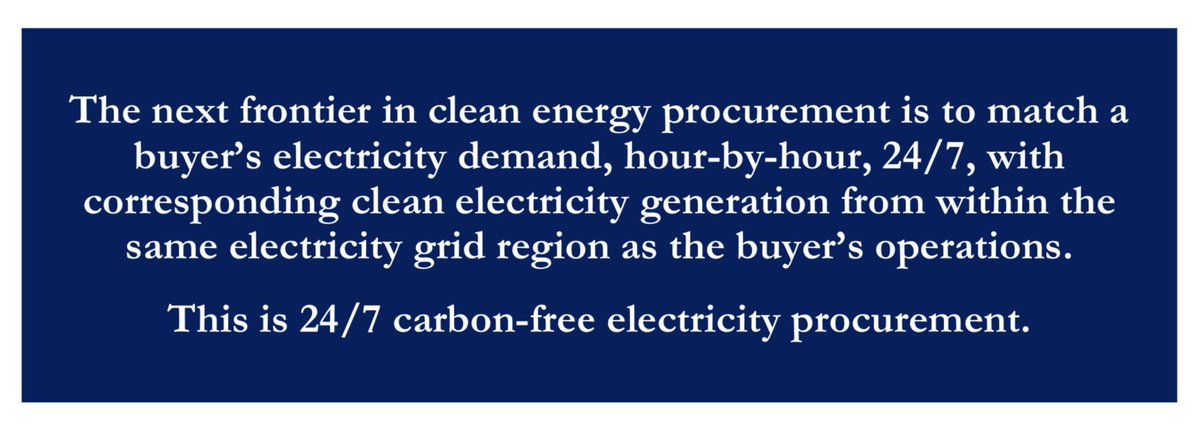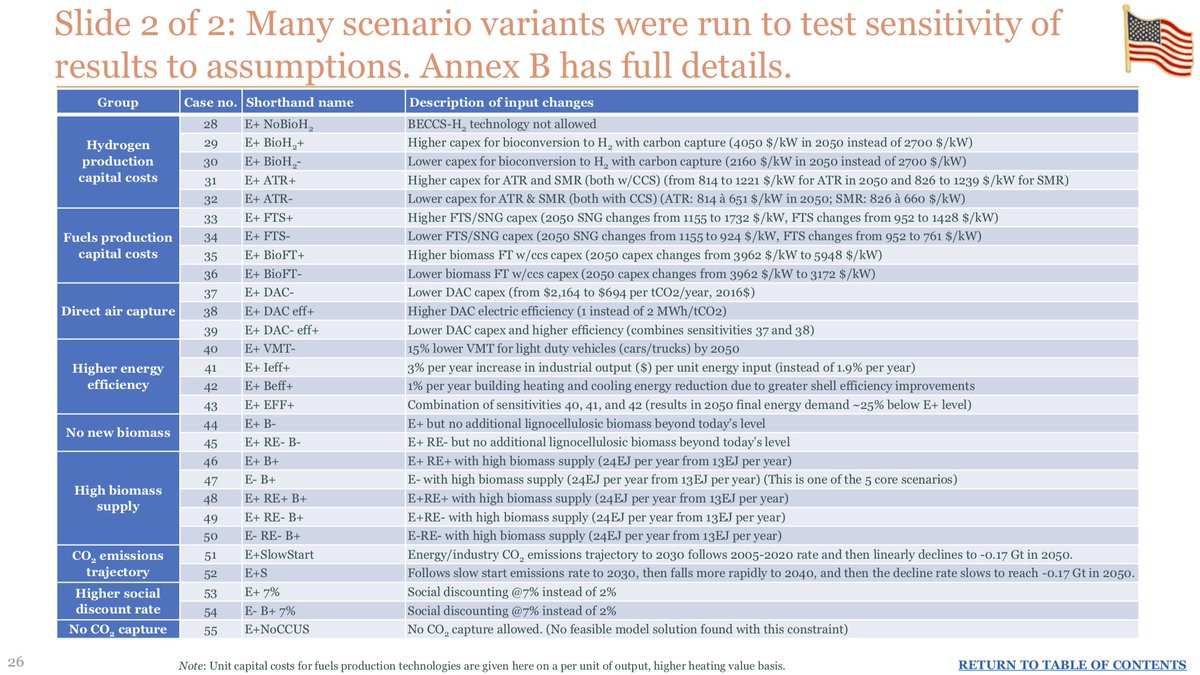
New @NatureEnergyJnl paper w/@HarrisonGFell @mmildenberger & @gilbeaq critically reviews @BenjaminSovaco1 et al's claims there's scant empirical evidence nuclear power is associated w/lower CO2. Turns out: there's plenty evidence if you know how to look. rdcu.be/cFUSJ 

The Sovacool et al. paper, which made the rounds in October 2020, used cross-sectional regression analysis to test associations between nuclear & renewable deployment across different countries and national carbon dioxide pollution levels. See nature.com/articles/s4156…
Sovacool et al. claimed to "find that larger-scale national nuclear attachments do not tend to associate with significantly lower [CO2] while renewables do." AKA, there's no clear empirical link betwen ⬆️ nuclear & ⬇️ CO2 calling into question nuclear's role in climate mitigation 

This independently struck @HarrisonGFell @mmildenberger @gilbeaq + myself as somewhat absurd claim, since nuclear power can clearly displace fossil generation. There's a clear causal mechanism that's easy to identify. Surely there's empirical evidence in historical record too...
So the 4 of us linked up, thanks to #EnergyTwitter, to critical review the Sovacool et al. paper's methods & to reassess the historical data series using more powerful and appropriate statistical methods. We published a working paper way back in March 2021 papers.ssrn.com/sol3/papers.cf…
Today's publication is result of a long, careful peer review process managed by @NatureEnergyJnl as a formal "Matters Arising" publication, something the journal rarely publishes (this is 3rd in NE's history) when clear flaws in a prior paper or new contraverting evidence arises.
In our new paper, we critically review @BenjaminSovaco1 et al.'s claims and methods to highlight several limitations. We then perform a reanalysis using the same data but with both a revised cross-sectional analysis and a more statistically powerful panel data analysis.
Our empirical analysis of the historical record finds that nuclear power and renewable energy are BOTH associated with lower per capita CO2 emissions with effects of similar magnitude and statistical significance, which invalidates the central claim of Sovacool et al. 2020.
We further demonstrate through sensitivity analysis that this association is robust to potential omitted variables, meaning we can be confident that this association is both real and causal (not just a correlation).
Our empirical analysis thus confirms that nuclear power AND renewable electricity alike can BOTH contribute to decarbonization & climate mitigation objectives.
That should be obvious, but it's exactly the consensus that Sovacool et al. attempted to cast doubt on in their paper.
That should be obvious, but it's exactly the consensus that Sovacool et al. attempted to cast doubt on in their paper.
The core issue here is really a failure of the original Sovacool et al paper to use a study design with sufficient statistical power to test and reject the hypothesis that nuclear is associated with emissions reductions.
Sovacool et al. did NOT in fact find a positive correlation between nuclear generation shares and emissions per capita, which would have been evidence that nuclear power deployment is somehow associated with greater emissions.
Instead, they actually found a NEGATIVE correlation between nuclear generation and emissions (more nuclear = lower CO2) as you'd expect, albeit one that did not (using their methods) rise to a standard level of statistical significance.
Basically, w/small data set of 30 countries w/nuclear power + choice to do cross-sectional analysis (comparing differences between two distinct time periods rather than the whole time series between), Sovacool et al. can't get a precise estimate of nuclear's asociation with CO2.
The authors then used their failure to find a statistically significant relationship between more nuclear & lower CO2 to imply there's no empirical evidence nuclear lowers emissions historically & to question role of nuclear in climate mitigation. That's just bad social science.
Unless one designs a statistical test of sufficiently high power, failure to reject a null hypothesis (e.g. a failure to establish an effect that is significantly different from 0) should not be treated as evidence that the null hypothesis is valid (that the effect IS actually 0)
That's something you learn in any Intro to Statistical Inference course (or at least I did). So it was shocking (to me and my coauthors) to see the Sovacool et al. paper published in high profile @NatureEnergyJnl w/an explosive claim that nuclear isnt helpful for CO2 reductions.
It turns out, if you do a more appropriate panel regression, where you leverage variation in nuclear & renewable shares and CO2 emissions each year in a time series and across countries, you can significantly increase the statistical power of your analysis. So we did just that...
...and we immediately found that, across various specifications and country groupings, our results consistently showed a negative and statistically significant effect of nuclear generation shares on CO2 emissions of similar magnitude as that for renewables.
We also conducted a sensitivity analysis to test the robustness of our results to potential unobserved confounders -- values that correlate with nuclear deployment that could instead explain the observed decline in emissions associated with greater nuclear shares.
We found that even an omitted variable 20-times as predictive of emissions as a country's GDP does little to undermine our finding that nuclear energy is associated with lower carbon emissions in a country. In short: the association is robust & causal.
In sum, there are serious limitations in the original Sovacool et al. 2020 paper's analysis, which call into question the paper's policy implications and directly undermine any empirical claims they make.
In our paper, we assessed the same empirical question (is nuclear power historically associated with reduced CO2 emissions?) employing the same data sources and time periods and a more powerful set of hypothesis testing and causal inference methods.
Using these superior methods, our empirical analysis confirms that nuclear power and renewable electricity alike can contribute to decarbonization and climate mitigation objectives. /the end.
• • •
Missing some Tweet in this thread? You can try to
force a refresh


















